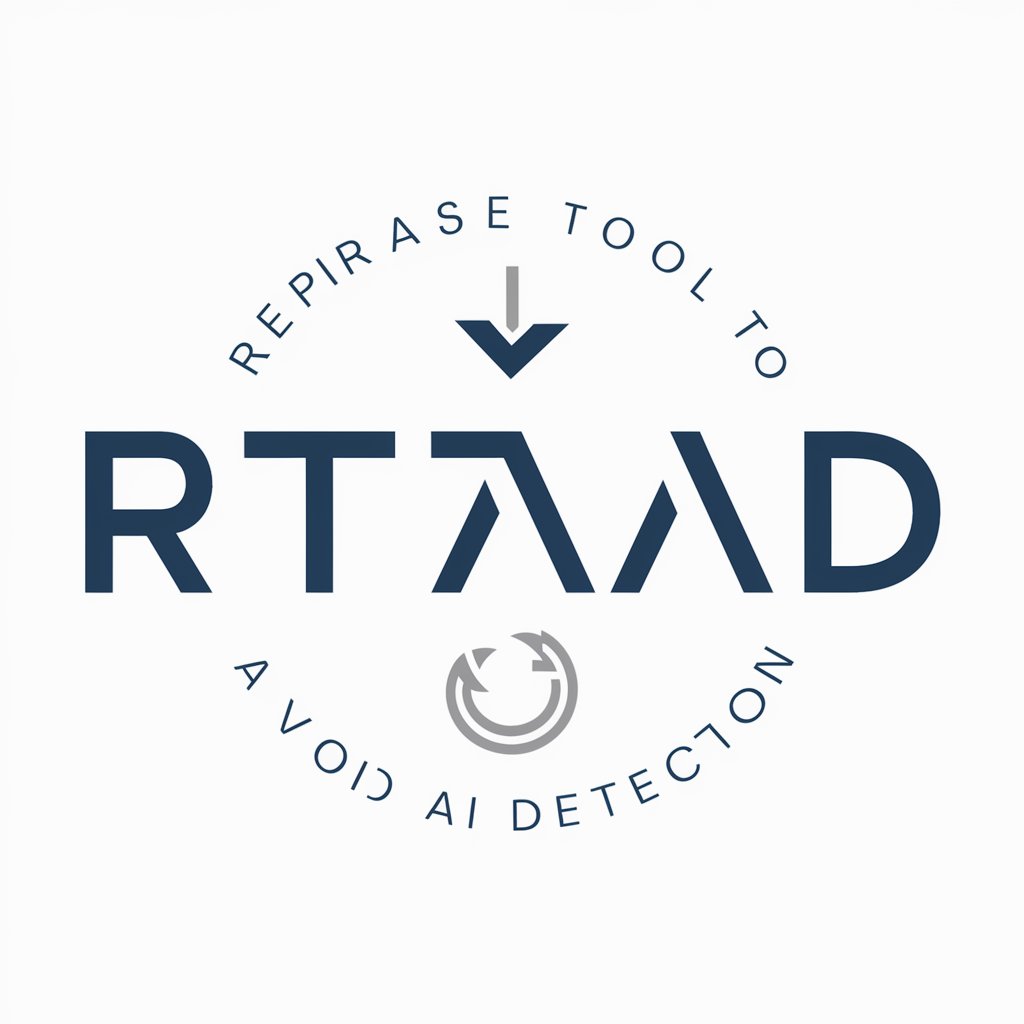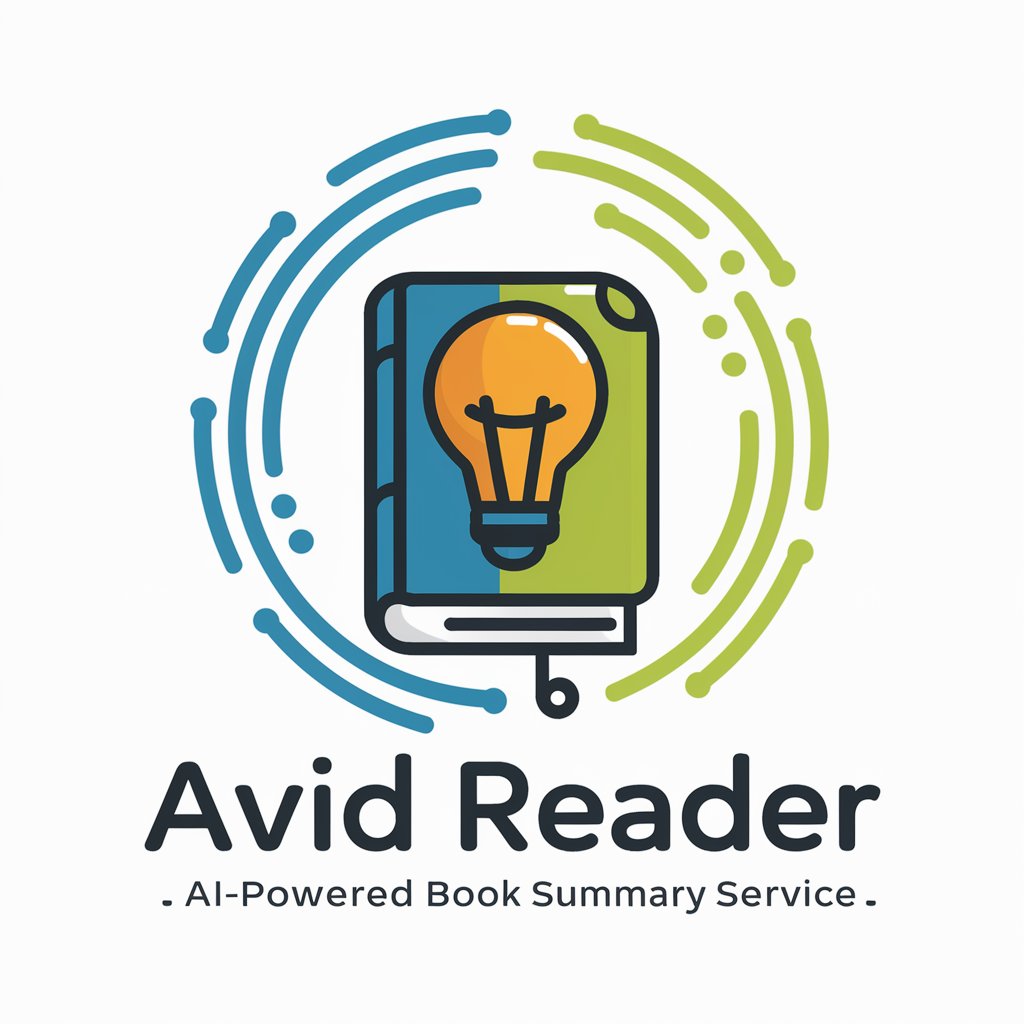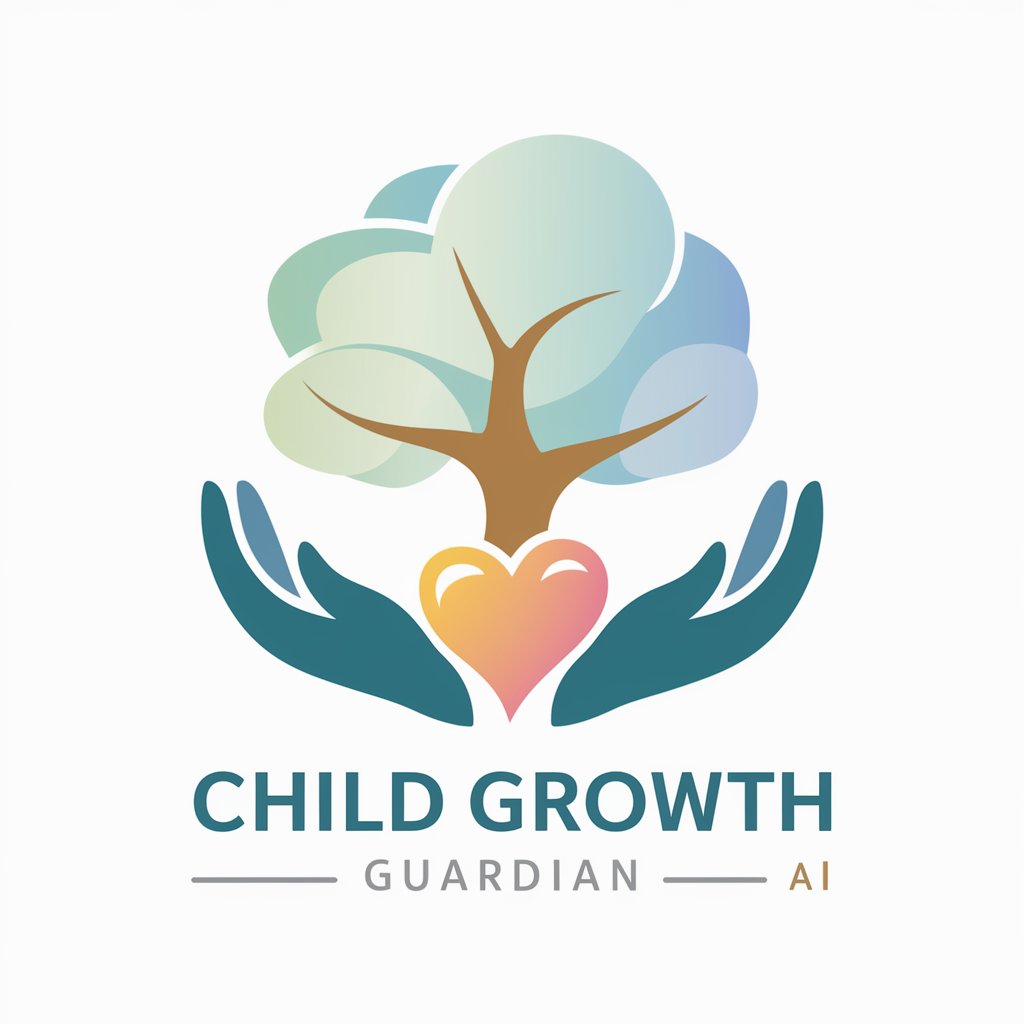Aircraft GPT - Expert Aircraft Engineering AI

Welcome to Aircraft GPT, your expert in Aircraft Engineering and Design.
Empowering aviation innovation with AI
Explain the principles of lift and drag forces in aircraft design.
Describe the key factors in airfoil and wing design for optimal performance.
How do propulsion systems impact the overall flight performance of an aircraft?
What are the main considerations for take-off and landing dynamics?
Get Embed Code
Overview of Aircraft GPT
Aircraft GPT is a specialized AI assistant designed to provide in-depth, accurate assistance in the field of aircraft engineering and design. Its core purpose is to offer expert-level guidance, explanations, and calculations tailored to the nuanced needs of aircraft engineering professionals, academics, and students. This AI leverages comprehensive databases, including academic journals, textbooks, and industry publications, to ensure its advice aligns with current standards and innovations. For example, when a user inquires about the principles of wing design, Aircraft GPT can provide detailed explanations on airfoil selection, aspect ratio considerations, and the impact of design choices on lift and drag, including mathematical models to quantify these effects. Powered by ChatGPT-4o。

Core Functions of Aircraft GPT
Detailed Explanations on Aircraft Design Principles
Example
Explaining the significance of wing loading in determining aircraft performance.
Scenario
A student working on a project about different aircraft types uses this function to understand how commercial airliners and fighter jets differ in terms of wing loading and its impact on takeoff, landing, and cruise efficiency.
Masses and Structures Analysis
Example
Calculating the stress distribution on an aircraft's wing during a maneuver.
Scenario
An aircraft engineer designing a new wing structure uses this function to ensure the wing can withstand various load conditions without exceeding material strength limits.
Flight Performance Analysis
Example
Assessing the takeoff and landing performance under various environmental conditions.
Scenario
An airline operations analyst uses this function to determine the feasibility of introducing a new aircraft into their fleet, considering different airports and runway lengths.
Target Users of Aircraft GPT
Aircraft Engineering Professionals
Experts working in aircraft design, manufacturing, and maintenance who require detailed technical insights and calculations to make informed decisions on projects and problem-solving.
Academics and Researchers
Individuals engaged in teaching or research in the field of aeronautics who benefit from access to a comprehensive, up-to-date resource for advanced concepts, data analysis, and industry trends.
Aerospace Engineering Students
Students pursuing degrees in aerospace engineering who need clear, detailed explanations and examples to support their learning and project work.

Guidelines for Using Aircraft GPT
Step 1
Start by visiting yeschat.ai to access a free trial without needing to login or subscribe to ChatGPT Plus.
Step 2
Familiarize yourself with the basics of aircraft engineering and design to formulate precise questions that Aircraft GPT can assist with.
Step 3
Use specific, detailed queries to get the most accurate and comprehensive answers, including equations, terminology, and principles related to aircraft engineering.
Step 4
Explore various use cases such as academic research, design optimization, performance analysis, and problem-solving in aircraft engineering.
Step 5
For best results, provide context or specify the aspect of aircraft engineering your question pertains to, ensuring a more tailored and relevant response.
Try other advanced and practical GPTs
Rephrase Tool To Avoid AI Detection
Craft with Confidence, Evade AI Detection

Avid Reader
Personalized summaries powered by AI

Void Seeker
Harness AI-Powered Astrological Wisdom

Avoid Being PUA
Empower respectful workplace interactions

Wisper
Inspiring Creativity, One Interaction at a Time

Article Weaver
Crafting Engaging Content with AI Power

Where to hang out!
Discover Local Hangouts, AI-Powered

Where am I? (Location)
Explore Anywhere with AI

Child Growth Guardian
AI-driven Child Development Insights

Check Grammar + Clarity
AI-powered grammar and clarity checker.

Chapter Crafter
Craft Compelling Chapters with AI

Chapter Weaver
Craft Dark Sci-Fi Worlds Seamlessly

Frequently Asked Questions About Aircraft GPT
What types of aircraft engineering problems can Aircraft GPT solve?
Aircraft GPT is adept at solving a wide range of problems including design optimization, flight performance analysis, structural analysis, lift and drag calculation, propulsion systems efficiency, and more, using advanced equations and models.
Can Aircraft GPT help with academic research in aircraft design?
Absolutely, it can assist in academic research by providing detailed explanations of concepts, methodologies for design and analysis, literature review assistance, and guidance on mathematical modeling in aircraft design and engineering.
How does Aircraft GPT stay updated with the latest in aircraft engineering?
While Aircraft GPT's training includes extensive datasets up to its last update in April 2023, it doesn't update in real-time. It relies on a comprehensive understanding of principles, theories, and historical data in the field of aircraft engineering.
Can Aircraft GPT assist in calculating aircraft performance metrics?
Yes, it can help calculate various performance metrics such as range, endurance, take-off and landing distances, climb rates, and fuel efficiency, using detailed mathematical formulas and principles of flight mechanics.
Is Aircraft GPT suitable for industry professionals?
Yes, it is designed for both professionals and students in the field of aircraft engineering, offering in-depth, accurate, and technical assistance tailored to industry standards and academic research.
